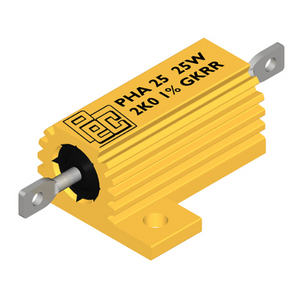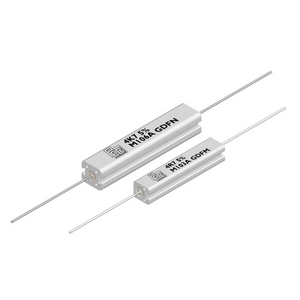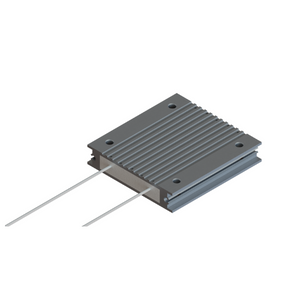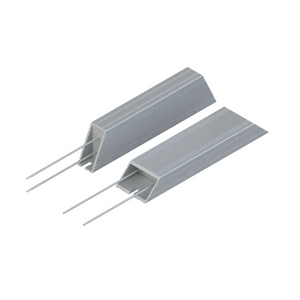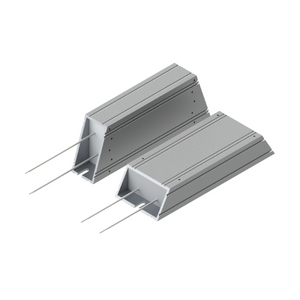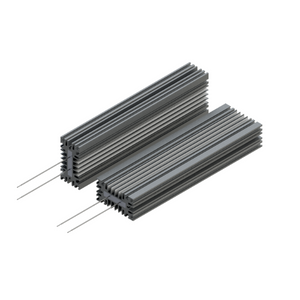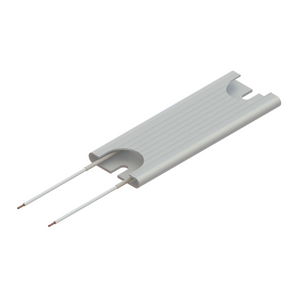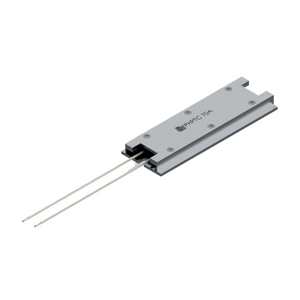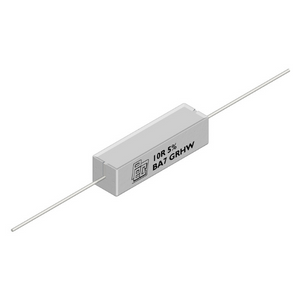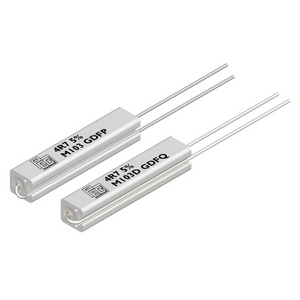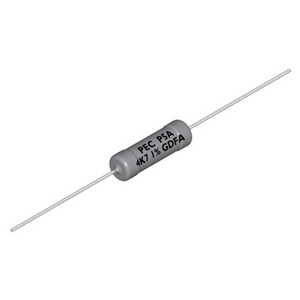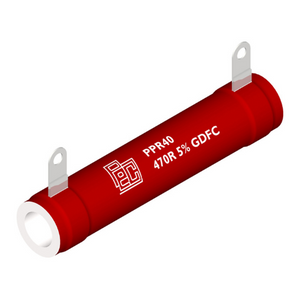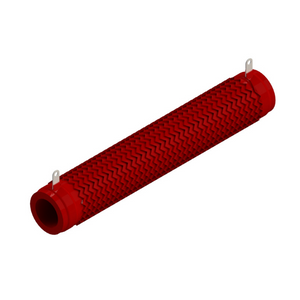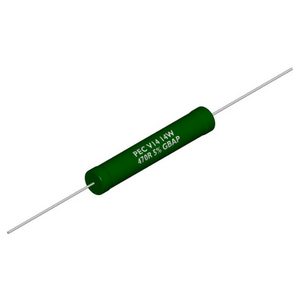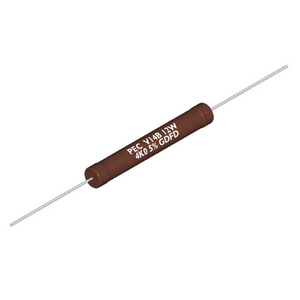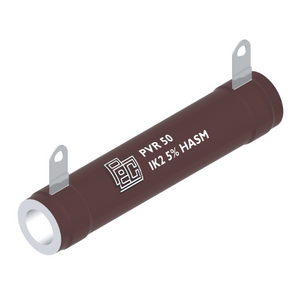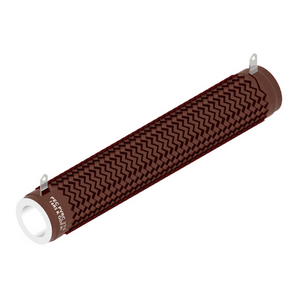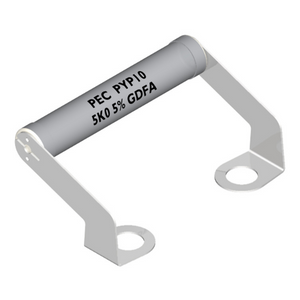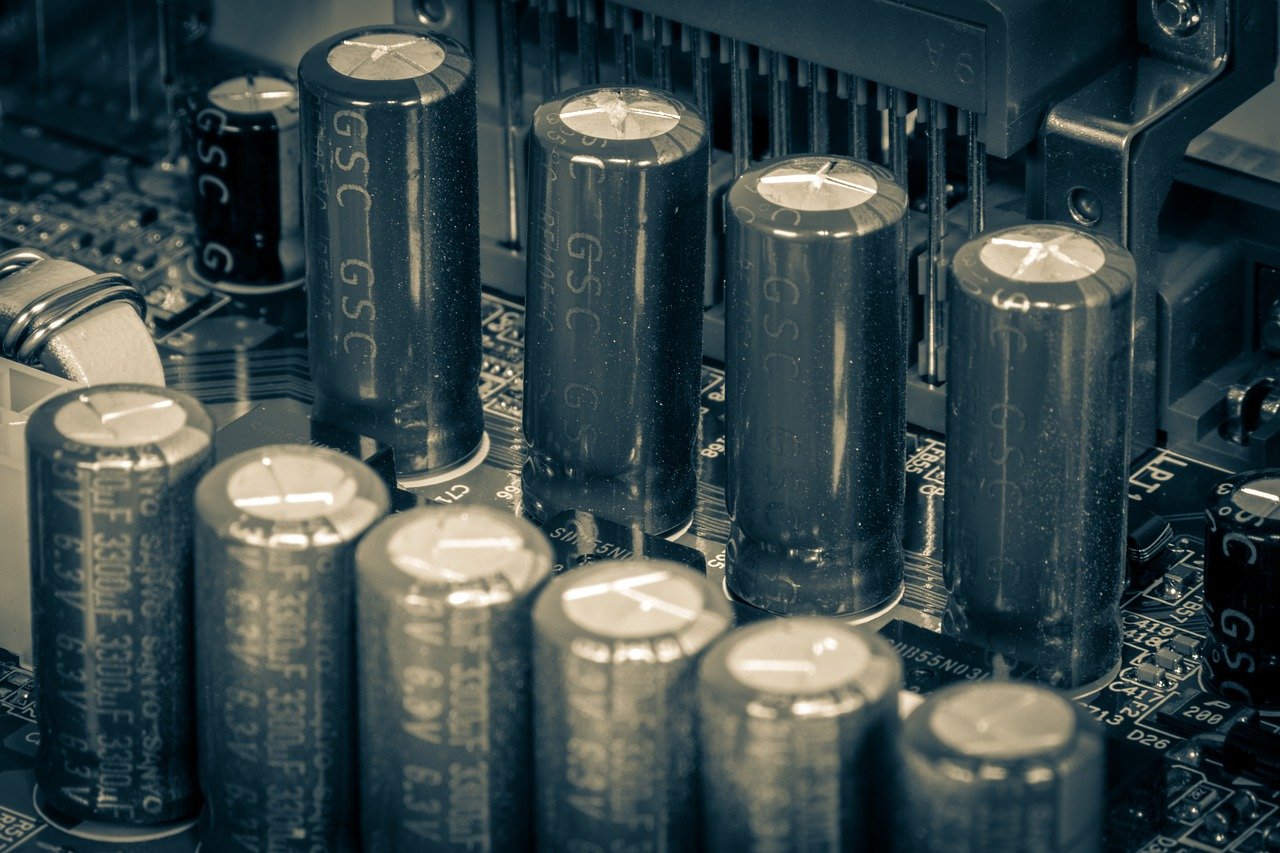
Capacitors used in electronic circuits come in all kinds of ratings of capacitance and voltage from small plastic film capacitors to Aluminium electrolytic capacitors to supercapacitors with very high storage capacities. When a voltage is applied on an uncharged capacitor the circuit will experience a high draw of current by the capacitor as it behaves initially like a short circuit.
This is called an inrush current and unless this current is controlled to an acceptable level, by placing a resistor in series with the capacitor, it can cause damage to the circuit components and lead to early failure of the equipment. A variety of power resistors can be used to reduce the inrush current peak to manageable levels.
Practically any of the resistors in our range can be used for this purpose based on the resistance value required, inrush current peak and time period of charging and total energy that the resistor must absorb during charging. Small capacitors mounted on PCB’s and small electrolytic capacitors can be charged using small board mountable axial resistors.
About 250 Joules of inrush energy can be handled by smaller resistors on PCB’s. Higher inrush energy would need larger resistors from the PPR, PVR, PVRC resistors ranges. Alternatively there is a whole family of Aluminium Housed Resistors like the PHA, PHF, PHCF, PHBH, PHCH, PHEF, PHBR types which could be used depending on the size of the capacitor being charged.
Please contact us for further details


